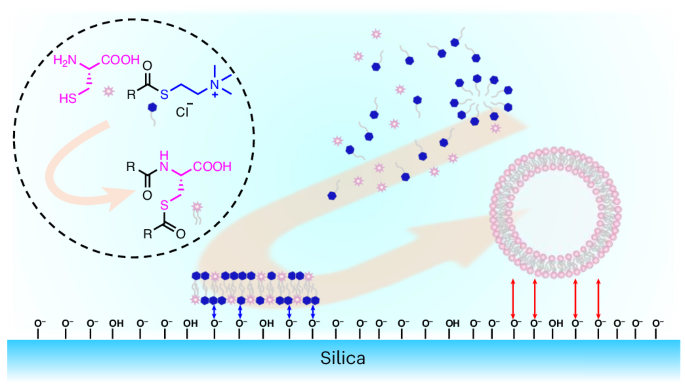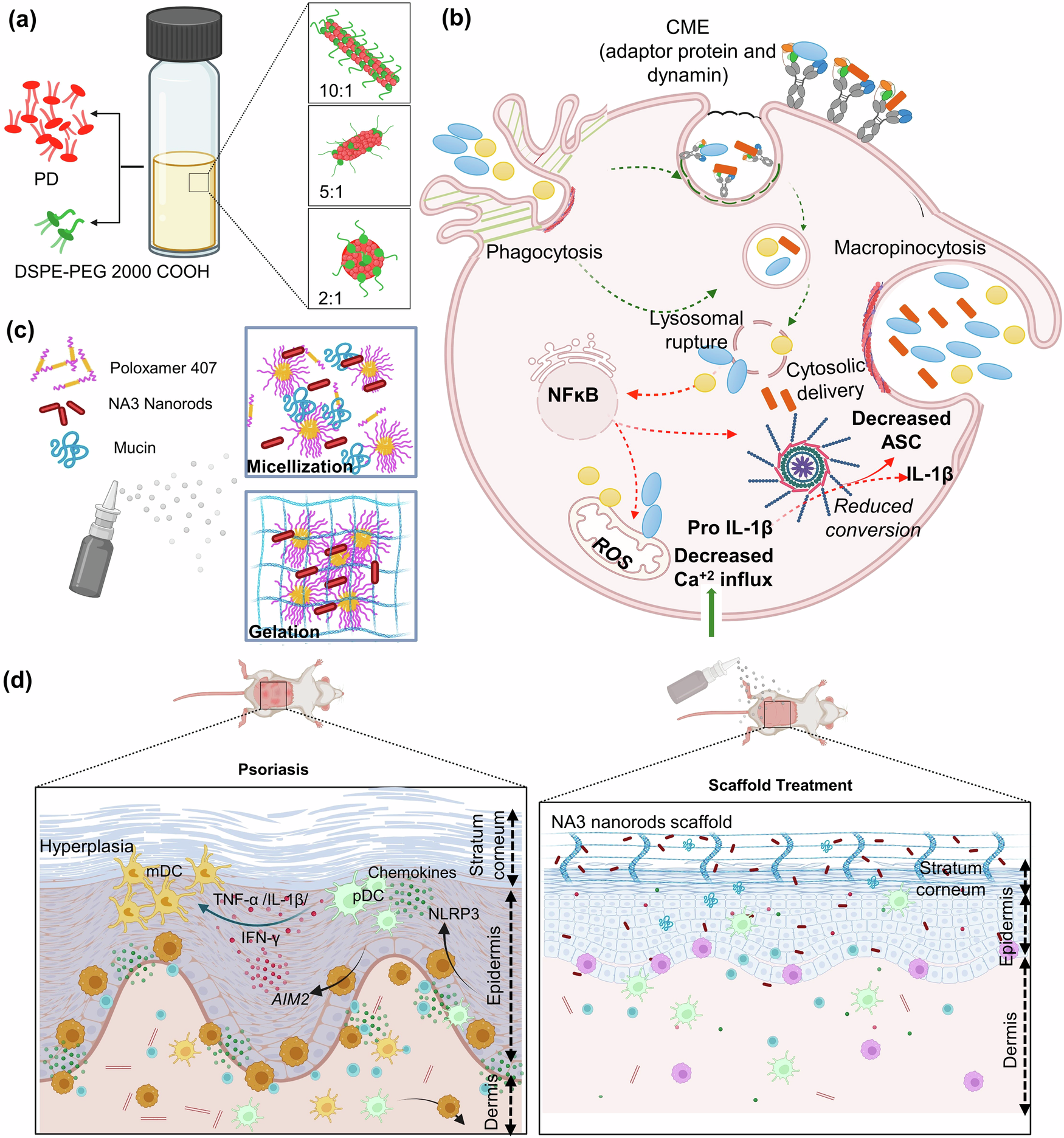2024-11-12 マサチューセッツ工科大学(MIT)
<関連情報>
- https://news.mit.edu/2024/when-muscles-work-out-they-help-neurons-grow-1112
- https://onlinelibrary.wiley.com/doi/10.1002/adhm.202403712
細胞外マトリックスを作動させることで、運動ニューロンに対する筋収縮の力学的効果と生化学的効果が切り離される Actuating Extracellular Matrices Decouple the Mechanical and Biochemical Effects of Muscle Contraction on Motor Neurons
Angel Bu, Ferdows Afghah, Nicolas Castro, Maheera Bawa, Sonika Kohli, Karina Shah, Brandon Rios, Vincent Butty, Ritu Raman
Advanced Healthcare Materials Published: 10 November 2024
DOI:https://doi.org/10.1002/adhm.202403712

Abstract
Emerging in vivo evidence suggests that repeated muscle contraction, or exercise, impacts peripheral nerves. However, the difficulty of isolating the muscle-specific impact on motor neurons in vivo, as well as the inability to decouple the biochemical and mechanical impacts of muscle contraction in this setting, motivates investigating this phenomenon in vitro. This study demonstrates that tuning the mechanical properties of fibrin enables longitudinal culture of highly contractile skeletal muscle monolayers, enabling functional characterization of and long-term secretome harvesting from exercised tissues. Motor neurons stimulated with exercised muscle-secreted factors significantly upregulate neurite outgrowth and migration, with an effect size dependent on muscle contraction intensity. Actuating magnetic microparticles embedded within fibrin hydrogels enable dynamically stretching motor neurons and non-invasively mimicking the mechanical effects of muscle contraction. Interestingly, axonogenesis is similarly upregulated in both mechanically and biochemically stimulated motor neurons, but RNA sequencing reveals different transcriptomic signatures between groups, with biochemical stimulation having a greater impact on cell signaling related to axonogenesis and synapse maturation. This study leverages actuating extracellular matrices to robustly validate a previously hypothesized role for muscle contraction in regulating motor neuron growth and maturation from the bottom-up through both mechanical and biochemical signaling.


